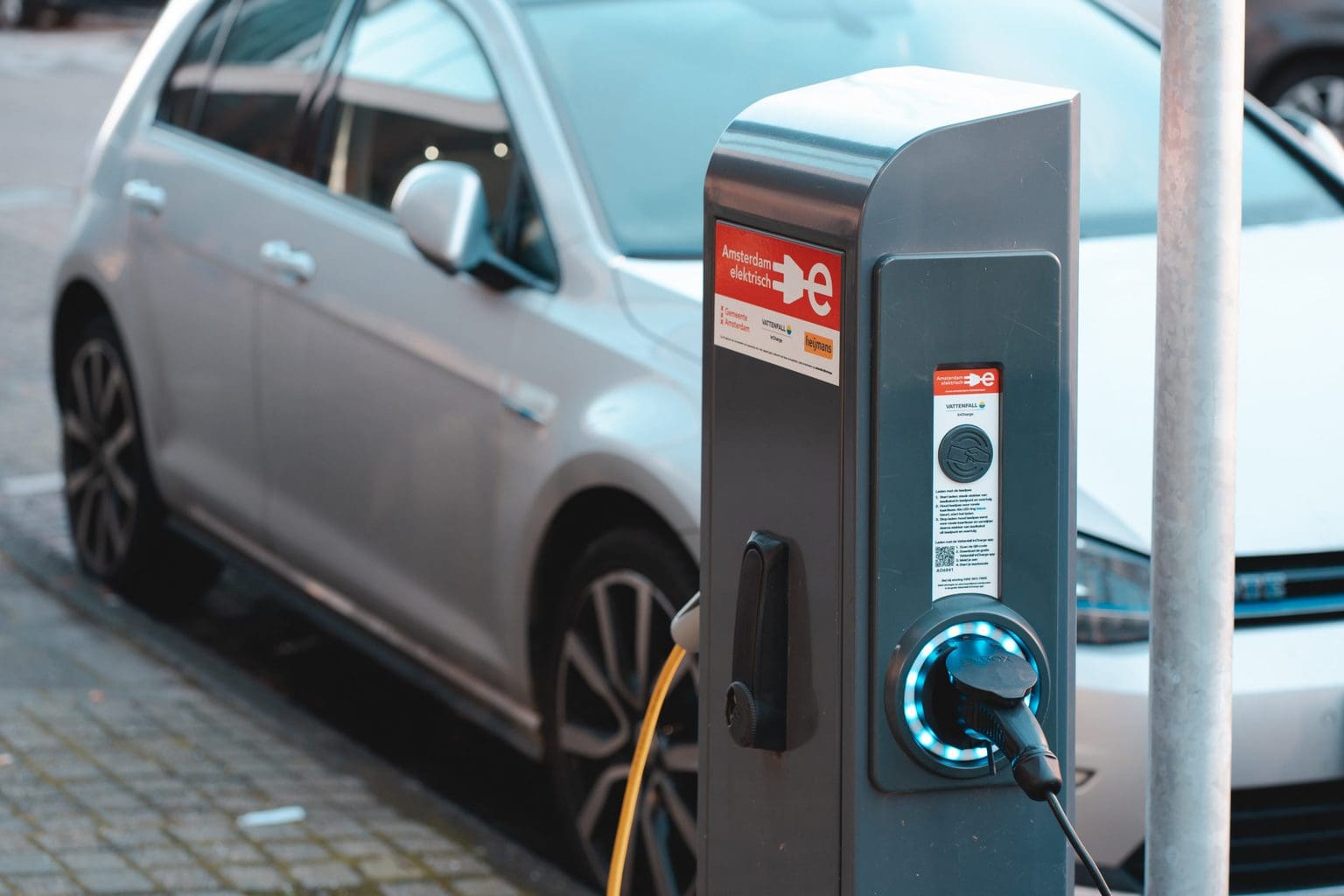
If we want to build a more sustainable future, everyone needs to get on board. But green consumption can mean very different things.
It’s a frustrating conundrum. While many consumers say that they like products that are sustainable, their actions often do not reflect their attitude and intention. Researchers call this the intention‒behaviour gap in green consumption.
New research from the Monash Business School identifies ‘social class’ as a key factor influencing consumers’ propensity for green consumption.
According to Professor Hean Tat Keh from the Department of Marketing, social class refers to a combination of individuals’ access to material resources – income, education, and job status – and self-perceptions of one’s relative social rank.
“It is multifaceted in nature, reflecting individual differences in power, wealth, financial status, cultural capital and social resources,” he says.
By asking participants to self-identify their social status, Professor Keh and his collaborators found that the middle class shows a greater propensity for green consumption compared with the lower and upper classes. Why is this?
Professor Keh explains that the different social categories vary in their needs for assimilation and differentiation.
“While the needs for assimilation (to belong and blend in) and differentiation (to stand out) are universal for everyone, each social class has its own distinctive blend of these two needs,” he says.

Green consumption, such as using reusable shopping bags, requires self-sacrifice for the sake of the environment.
Essentially, lower-class consumers have a greater need for interdependence, as reflected by their need for in-group assimilation. So, they are more vigilant against things that make them stand out from their group.
Conversely, upper-class consumers tend to spend to reflect their privileged position in society and individualistic self-concept. They would be warier of things that make them similar to others, hence they focus on differentiation to stand out from others.
Between the two extremes, middle-class consumers have more status than their lower-status counterparts but still remain on the periphery of the high-status group. This creates tension to balance both their needs for assimilation and differentiation.
“In short, the lower class has a dominant need for assimilation, the upper class has a dominant need for differentiation, and the middle class has dual motivation for assimilation and differentiation,” Professor Keh says.
Dual function of green consumption
At the same time, green consumption also serves the dual functions of assimilation and differentiation.
Green products are often perceived to have a lower quality yet cost more, while being pro-environmental. In other words, green consumption requires self-sacrifice for the sake of the environment.
“Other research has shown that individuals who engage in green consumption are perceived to be more caring, ethical and altruistic. These qualities facilitate one’s inclusion and assimilation into a group,” Professor Keh says.
Green consumption also requires sophisticated understanding and the ability to afford higher costs. That is, individuals who engage in green consumption have elevated social standing (for instance, Tesla car owners). In this sense, green consumption can also facilitate differentiation, he says.

Individuals who engage in green consumption have elevated social standing.
When social class meets green consumption
Given the features of social class and green consumption, it is not surprising that there is a greater congruence between middle-class consumers and the concept.
“The middle class perceives green consumption as simultaneously assimilating and differentiating, which satisfies their dual motivation and enhances their propensity for it,” Professor Keh says.
“By contrast, the lower class perceives the differentiation function of green consumption as contradicting their dominant need for assimilation, and the upper class perceives the assimilation function as contradicting their dominant need for differentiation, which lowers both their propensities for green consumption.”
Moderating effect of power distance belief
Professor Keh explains that the effects of social class on green consumption are moderated by consumers’ ‘power/distance/belief’ – the extent to which a person accepts and expects social inequality.
“Low-PDB individuals embrace social equality (that is, everyone is equal) while high-PDB consumers tend to view social class inequality as legitimate, acceptable, inevitable, and even desirable”.
High PDB then promotes social inequality, which widens the gap in dual motivation between the middle class and the lower and upper classes, strengthening the effect of social class on green consumption.
How this relates to society and practical implications
A large-scale survey in the United States revealed that consumers fall into four groups when it comes to green consumption: 16 per cent are “Super Green” consumers who were committed to a green lifestyle and willing to make sacrifices to benefit the environment, 33 per cent “Upper Middle Greens” did what they could but were not leading the way for others, 18 per cent are “Green Rejectors” who were not at all concerned about environmental degradation, and a further 33 per cent are “Lower Middle Greens” who view environmental issues as hype.
Professor Keh observes that potentially the “Super Green” and “Upper Middle Green” consumers would correspond to individuals in the middle range of the social hierarchy and are intrinsically greener.
What do these findings mean in practice?
Globally, the middle class is estimated to account for two-thirds of consumer spending worldwide.
In many societies, the middle-class segment tends to be larger than either the lower- or upper-class segment and is the main driver of consumption.
Based on this research, both marketers and policymakers should emphasise the middle-class consumers as drivers of this sort of consumption.
For example, social class can be easily inferred from indicators such as consumers’ financial status, as reflected in their income and occupation, living environment, and spending power.
“Policymakers and marketers could promote the need for differentiation for the lower class and the need for assimilation for the upper class by priming low PDB (emphasise the concept of equality rather than social hierarchy),” Professor Keh says.
“This would elevate their dual motivation and enhance their propensities for green consumption.”
Professor Keh says that global marketers operating in different cultural environments with varying power distance (such as the United States versus China) should tailor their marketing communications accordingly to promote green consumption.
This research has just been published in the highly prestigious Journal of Consumer Research and was conducted by Dr Li Yan (Capital University of Economics and Business) as her PhD thesis under the main supervision of Professor Hean Tat Keh and associate supervision of Dr Jiemiao Chen, both from the Department of Marketing, Monash Business School.


